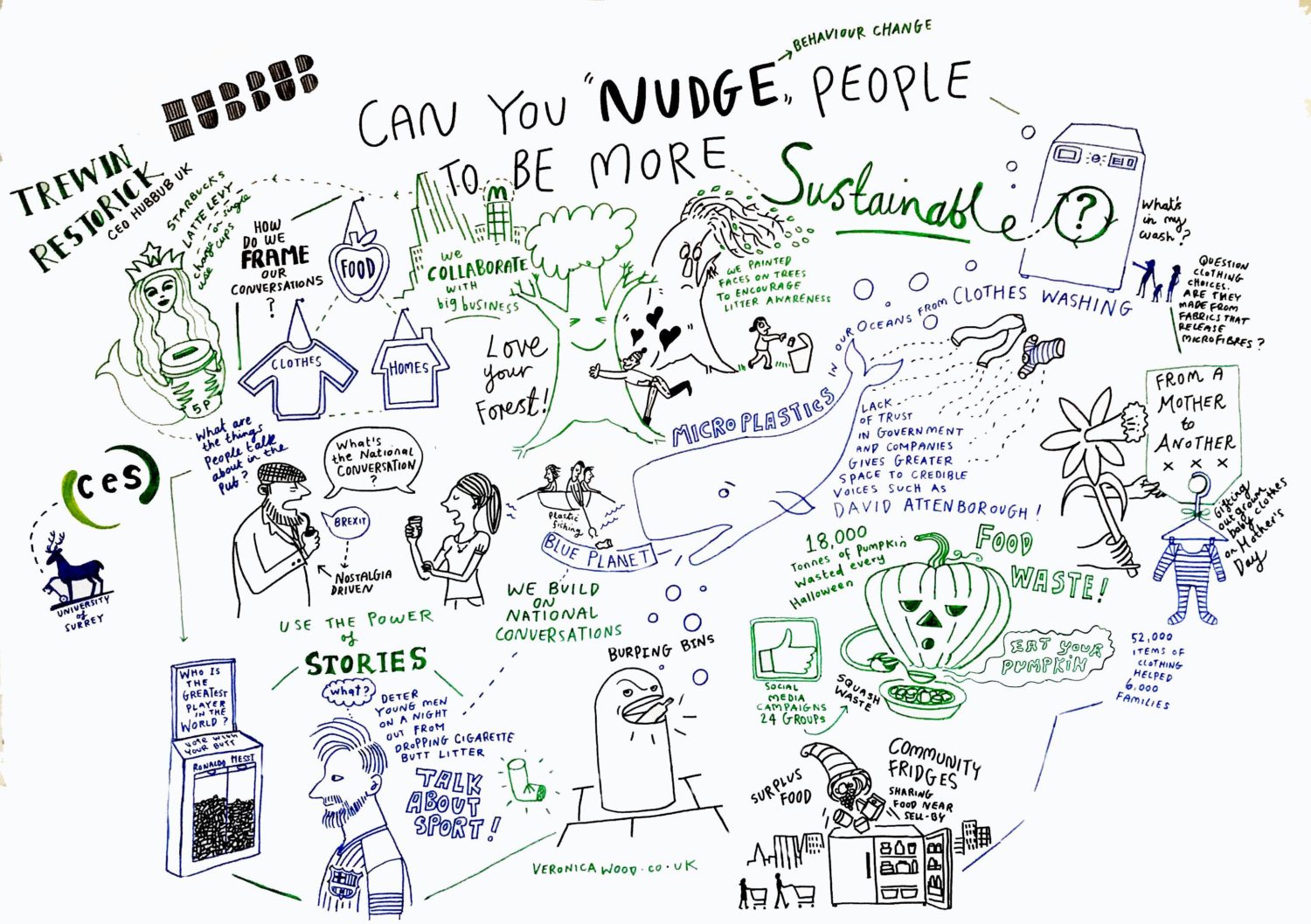When you imagine an ideal world, how does life at NMBU look like? Is there any room for improvement of campus life as we see it today? Perhaps in your dream campus the grounds are transformed into a garden where students can pick their own short travelled fruit and vegetables for free. Perhaps the campus becomes a vibrant cultural scene where people hang out in the evenings, playing music, discuss politics, cooking food together or just relaxing with a good book after uni hours. Perhaps campus becomes the perfect place for interactions between people, where sustainable living is made easy.

(Credit: Stock Photo)
At several universities around the world, students are taking matters into their own hands to make their life at campus more sustainable. The FEE EcoCampus (Foundation for Environmental Education) is one of many ways to organize sustainable action at universities. This initiative started in schools where children wanted to actively take part in sustainable action, and was later carried on to higher education institutions as the children grew older. It is an international award program providing a simple framework for working towards sustainability and inspiring transformative thinking. The award system goes beyond simply having a nice brand on the university web page, it requires constant involvement from both students, staff and administration. The FEE EcoCampus work revolves around 10 themes: biodiversity & nature, climate change, energy, food, global citizenship, health & well-being, litter, marine & coast, campus grounds, transport, waste and water. The framework is there, and it is all up to the students to decide which projects they would like to focus on at any time.
How would this benefit NMBU?
This program empowers and inspires students and staff to live sustainably. It creates future leaders of change, not only in regards to awareness, but also enabling those involved to create and implement sustainable growth. When finished with their studies, the students will take this experience into their work life. Here, they will be able to implement these ideas, creating positive and lasting impact on the world. The university will also gain improved environmental impact, potentially leading to both financial savings and international recognition. Further, also enabling the students to have sustainability into their curriculum.

(Map retrieved from www.ecoschools.global)
FEE EcoCampus is established all around the world. In Ireland they have no less than 25 institutions connected to the FEE EcoCampus, while in Norway there is none (yet).
The process itself is rather simple. First, we form a committee of students, which will see to the process, ensuring its continuity. Secondly, an environmental assessment according to the 10 themes provided by FEE EcoCampus is carried out, investigating the environmental and sustainable issues of the university. This review will be a basis for a plan of action on how to resolve the issues we face. The committee will monitor and evaluate the progress made, continuously improving the solutions. The programme will ideally be integrated into the curriculum, teaching the students how to deal with real life environmental issues in a real life setting. While monitoring and evaluating the progress, the stakeholders, including the university board, other students and the local community, will be informed. This can inspire change elsewhere as well. Lastly, the committee will produce a statement, binding the university to the efforts taken. The aim of the statement is to persuade the university to keep improving in regards to ecology and sustainability.
All of this may sound like a tough process. It can be thorough work, but if we want to achieve the ideal campus we envisioned, we need to start working towards it. This has been done before, and several universities in Europe have already gained recognition for their efforts. Join in on the cause to make NMBU the first university in Norway to become a FEE EcoCampus, compelling other institutions to follow suit.
Authors: Stina Skjerdal, Anna Grosbaha, and Gustav Halldin

